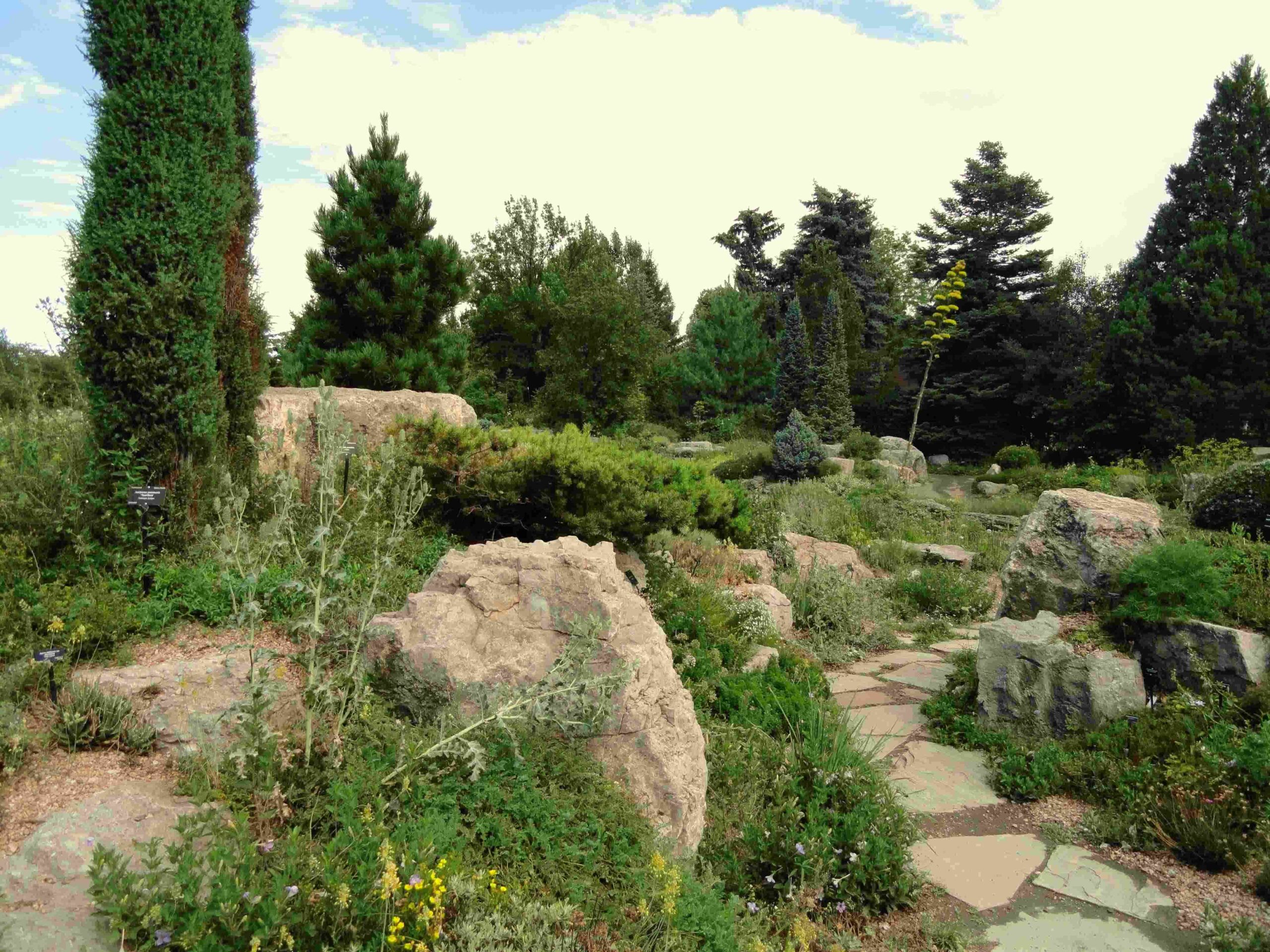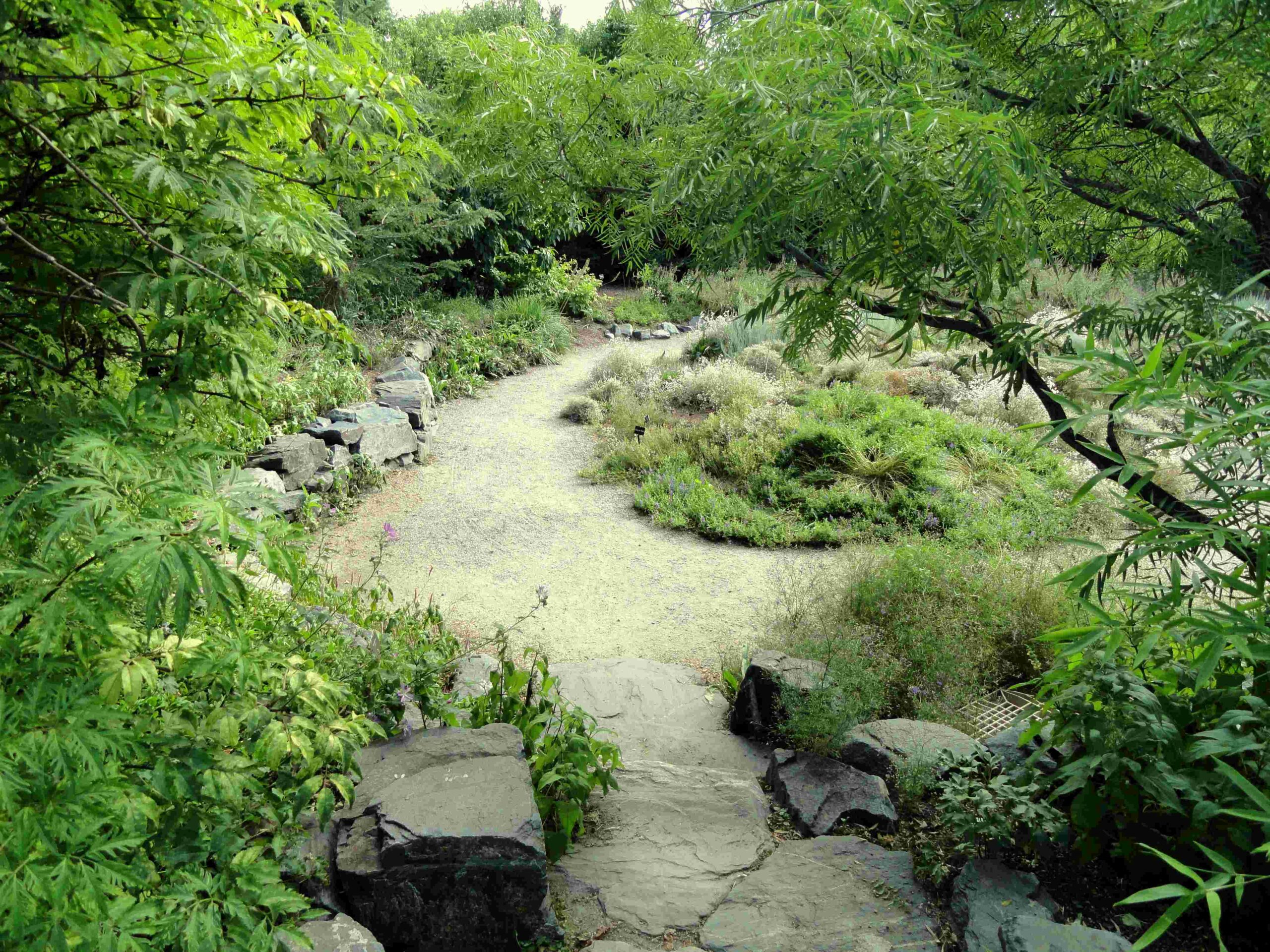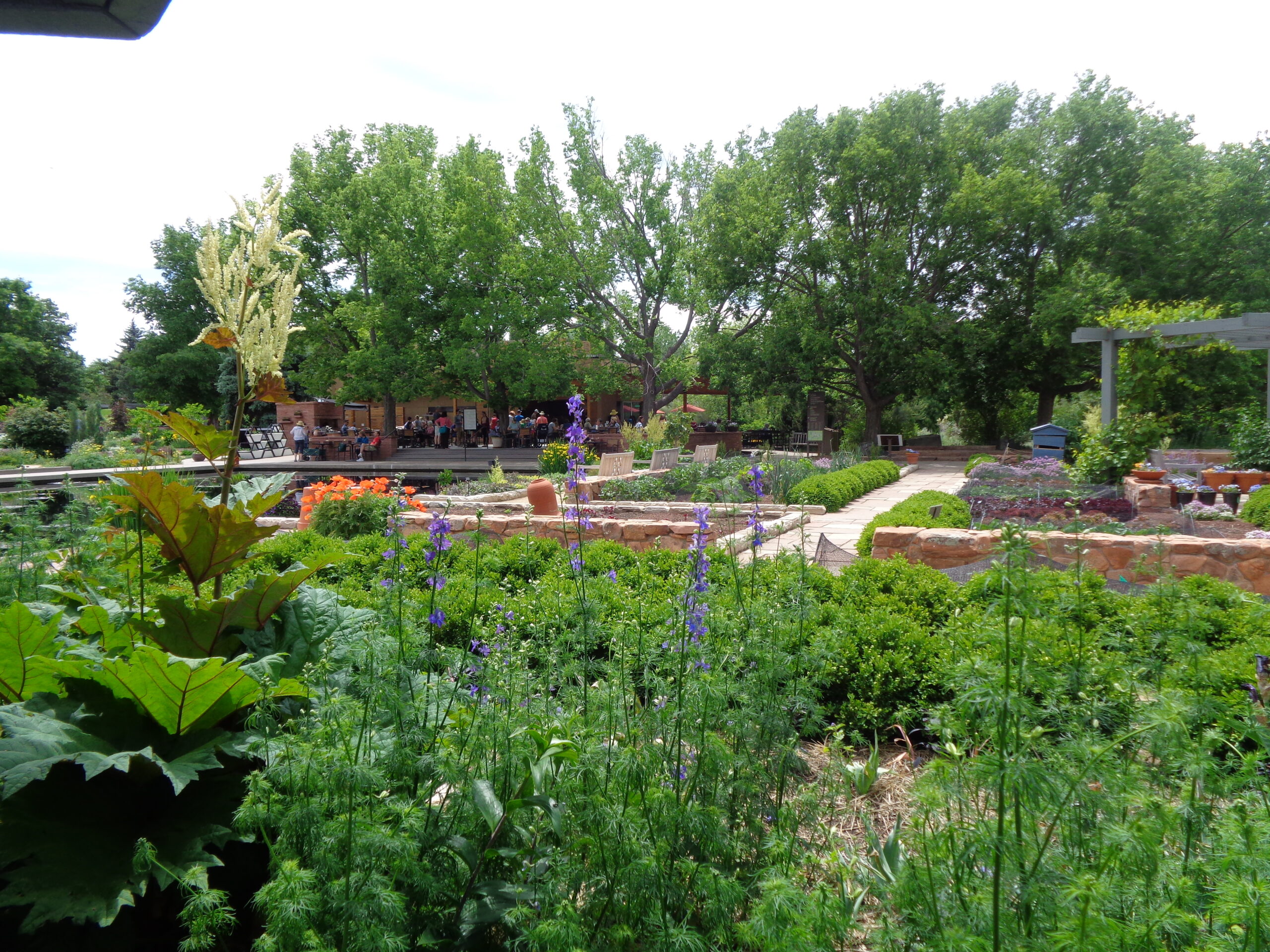The Denver Botanic Gardens bug home display is a fascinating feature that showcases various insect habitats and promotes biodiversity. While not explicitly called a ‘bug home display’, the gardens offer several installations designed to support insect life, including insect hotels, dead walls, log walls, and material libraries. These structures provide essential nesting sites and shelter for beneficial insects and pollinators, contributing to the overall ecosystem of the gardens.
What Are the Key Features of the Denver Botanic Gardens Bug Home Display?

The Denver Botanic Gardens incorporates several elements that serve as habitats for insects:
- Insect Hotels:
- Part of the reimagined Birds and Bees Walk
- Provide nesting sites for beneficial insects and pollinators
-
Constructed using various materials:
- Plant stems
- Holes in dead trees and branches
- Ground holes
-
Dead Walls and Log Walls:
- Located in the habitat gardens
- Offer crevices, holes, and hollows
-
Provide shelter and nesting spaces for insects and other small creatures
-
Material Libraries:
- Feature a variety of materials with different:
- Shapes
- Sizes
- Densities
- Decomposition stages
- Attract a wide range of insect life
These features collectively create a diverse and supportive environment for various insect species, enhancing the gardens’ ecological value.
How Does the Bug Home Display Contribute to Education at Denver Botanic Gardens?

While specific bug-focused programs are not extensively detailed, the Denver Botanic Gardens offers various educational opportunities that likely incorporate insect education:
- Adult Classes and Workshops:
- May include topics on pollinators and beneficial insects
-
Part of the gardens’ broader educational commitment
-
Children’s Programs:
- Classes
- Day camps
- Family workshops
-
Potentially include activities related to insects and their habitats
-
School Programs:
- Offer educational content about insects and ecosystems
- Include low-sensory programs for diverse learning needs
These educational initiatives help visitors understand the importance of insects in our environment and the role of habitats like those featured in the bug home display.
What Seasonal Events Might Showcase the Bug Home Display?
While there are no specific events centered around the bug home display, the Denver Botanic Gardens hosts several seasonal events that could potentially incorporate insect-related activities:
- Blossoms of Light™:
- Holiday light extravaganza
-
Not specifically focused on insects, but could potentially include illuminated insect-themed displays
-
Lavender Festival:
-
Opportunity to highlight pollinators and their importance
-
Corn Maze and Pumpkin Festival:
-
Potential for educational components about insects in agriculture
-
General Garden Events:
- Various events throughout the year
- May include insect-focused activities or tours of the bug home display areas
How Accessible Is the Bug Home Display for Visitors?
The Denver Botanic Gardens strives to be accessible to all visitors:
- Accessibility Features:
- Paths designed for visitors with disabilities
- Facilities accommodating various needs
-
Specific details for the bug home display area not provided
-
Parking Facilities:
- Parking structure available
-
Features a green roof garden (Mordecai Children’s Garden)
-
Transportation:
- Located at 1007 York Street, Denver, CO 80206
- Accessible by public transportation and private vehicles
- Detailed directions available on the gardens’ website
What Are the Best Times to Visit the Bug Home Display?
While specific information about the bug home display’s peak times is not provided, consider the following:
- Spring and Summer:
- Likely the most active periods for insects
-
Gardens in full bloom, attracting more pollinators
-
Early Morning or Late Afternoon:
-
Many insects are more active during these cooler hours
-
Weekdays:
-
Potentially less crowded, allowing for a more peaceful observation experience
-
During Educational Programs:
- Check the gardens’ schedule for insect-related classes or workshops
How Can Visitors Make the Most of Their Bug Home Display Experience?
To fully appreciate the Denver Botanic Gardens bug home display:
- Bring Observation Tools:
- Magnifying glass
- Binoculars for spotting insects from a distance
-
Camera for documenting observations
-
Dress Appropriately:
- Wear comfortable shoes for walking garden paths
-
Consider light, long-sleeved clothing to protect from sun and insects
-
Participate in Programs:
- Join guided tours if available
-
Attend workshops or classes related to insects and pollinators
-
Practice Patience:
- Observe quietly to avoid disturbing insects
-
Spend time at each installation to increase chances of insect sightings
-
Respect the Environment:
- Stay on designated paths
- Do not disturb insect habitats or remove any materials
By following these suggestions, visitors can enhance their experience and gain a deeper appreciation for the insect life supported by the Denver Botanic Gardens bug home display.
References:
1. https://www.botanicgardens.org/blog/bring-out-your-dead-complex-spaces-habitat-gardens
2. https://www.botanicgardens.org/york-street/our-gardens
3. https://www.botanicgardens.org/sites/default/files/file/2024-04/Fact%20Sheet%202024.pdf

